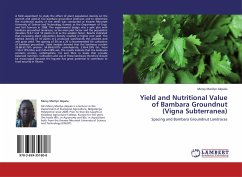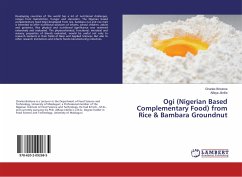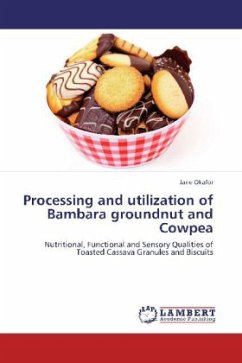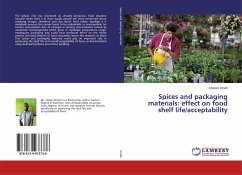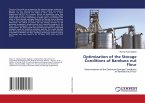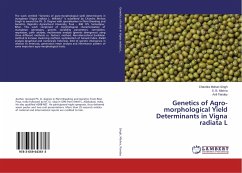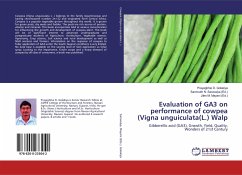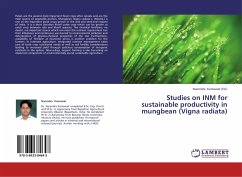A field experiment to study the effect of plant population density on the growth and yield of five bambara groundnut landraces and to determine the nutritional quality of the seeds was conducted at Kwame Nkrumah University of Science and Technology, Kumasi; at the Department of Crop and Soil Sciences in 2008. The experimental design was a split plot with bambara groundnut landraces; as the main plot factor and the population densities (5,6.7 and 10 plants m-2) as the subplot factor. Results indicated that increasing plant population density resulted in higher pod yield. The highest density of 10 plants m-2 produced significantly the greatest pod and grain yield. The spacing of 50 cm x 20 is recommended for cultivation of bambara groundnut. Seed analysis showed that the landraces contain 26.88-33.75% protein; 54.89-63.67% carbohydrate; 2.45-4.29% fat; from 1.59-3.13% fibre and 2.45-4.28% ash. The results indicate that the landraces contains protein, carbohydrate, fat and fibre in levels that provide balanced nutrition. Cultivation and use of these landraces therefore should be encouraged because the legume has great potential to contribute to food security in Ghana.
Bitte wählen Sie Ihr Anliegen aus.
Rechnungen
Retourenschein anfordern
Bestellstatus
Storno

